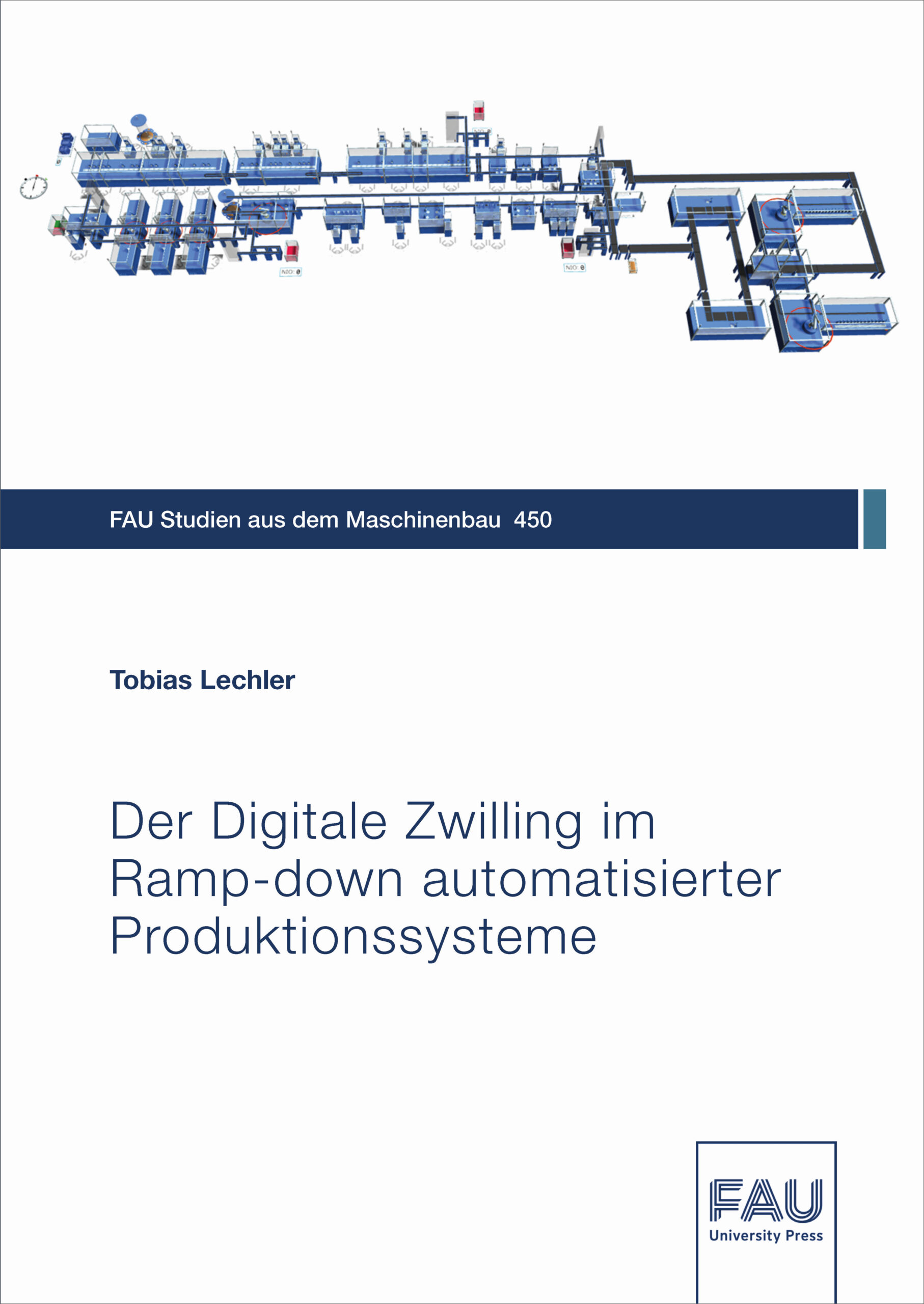Description
Shorter product life cycles confront the planning of production systems and their operation with high requirements. A successful ramp-up of the production systems is the basis for the consecutive operation. The increasing amount of production ramp-ups lead at the same time to more production ramp-downs. Especially for automated production systems, at the end of the product life cycle the question comes up, how long the production system is capable to produce efficiently.
This dissertation shows, how the Digital Twin of an automated production system based on an event-discrete simulation model can be used in the planning and operation of the ramp-down. Therefore, the Digital Twin of the automated production system is characterized using a structure model. Furthermore, the central use cases of the Digital Twin during ramp-down are identified. These are the determination of the minimal lot size, which the automated production system can still produce economically, the optimization of the production sequence and of the worker deployment as well as the simulation of structural changes of the automated production system. The usage of the Digital Twin is elaborated by the introduced method DT4RampDown. The approach is validated by the implementation of an industrial use case which ensures its feasibility.


Reviews
There are no reviews yet.